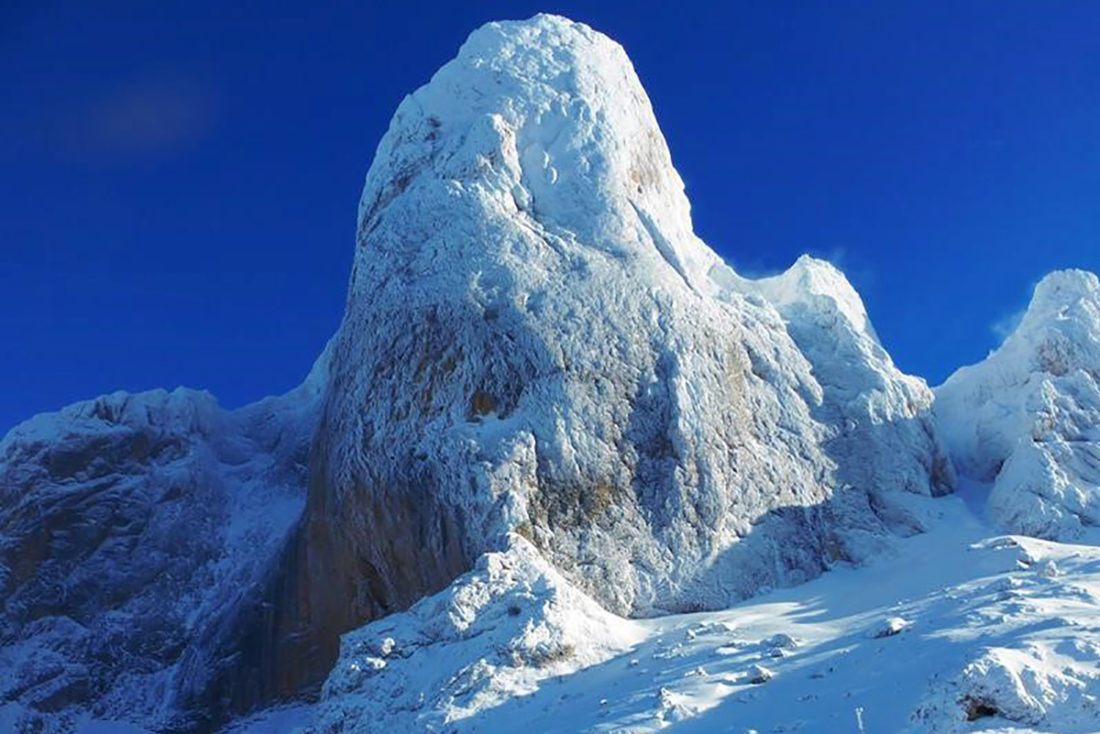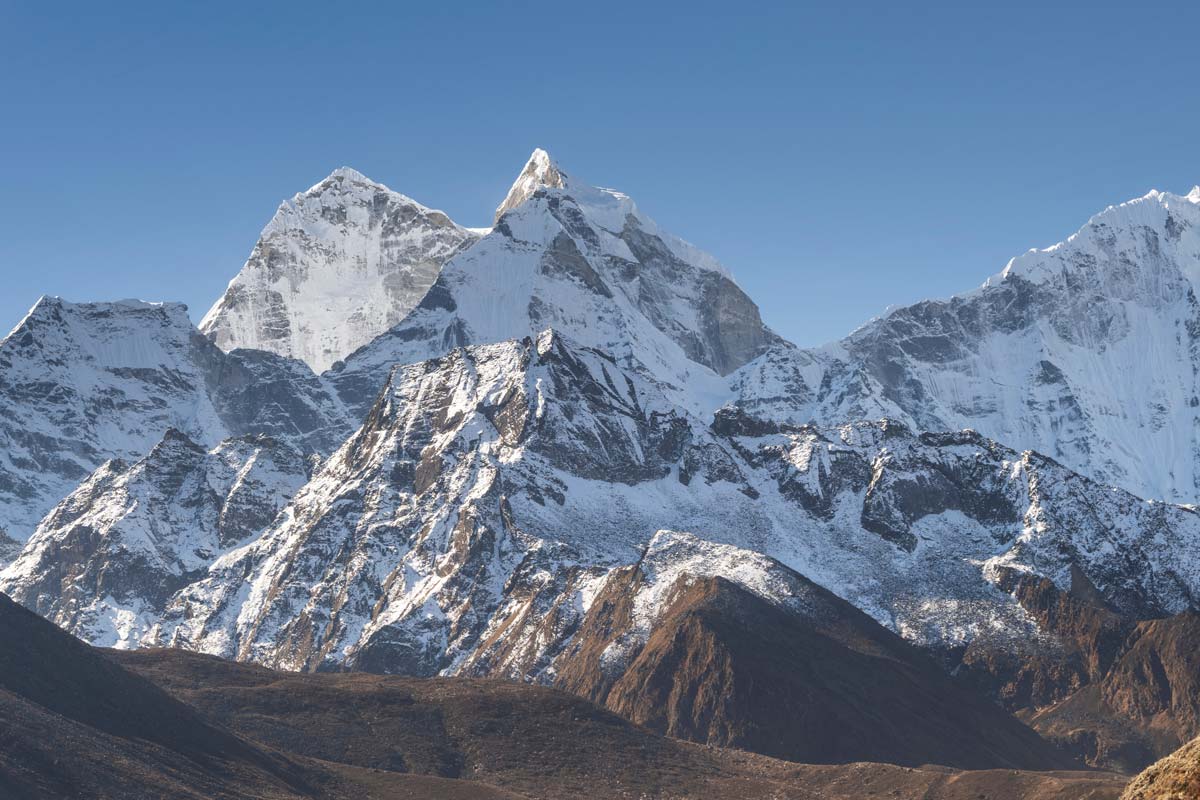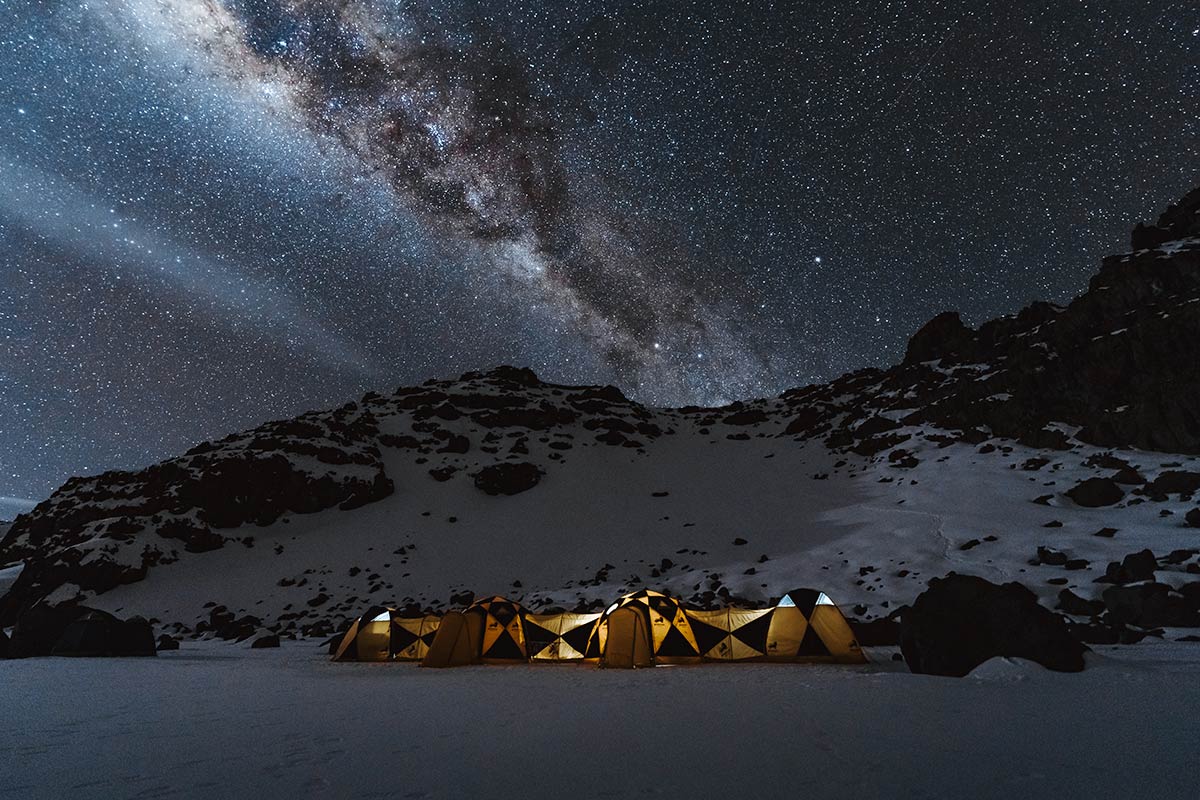Spain is not only a destination with beaches of fine sand, warm temperatures, good food, sangria and fiesta. It’s also a land of history and legend and a unique destination of contrasting landscapes: from semi-desert areas at the foot of the sea to the high plateau of castles and holm-oaks; from rugged mountain ranges and narrow gorges to leafy forests; islands scattered by the trade winds and endless types of nature; and more than 1,900 protected areas (with several degrees and levels of protection) assuming more than 12.9% of its territory (Europarc- Spain, 2014). The country has a mountainous percentage of up to 70% and with significant peaks in different mountain ranges – 3,404m of the Aneto in the Pyrenees, 3,478m of the Mulhacén in the Sierra Nevada or 3,718m of the Teide in Tenerife.
These levels of protection, as well as the increase of the environmental awareness of the population and authorities, have a direct impact on the practice of the different mountain sports including climbing, skiing, mountaineering, mountain races and canyoning.
The particular political organization of Spain – 17 autonomous regions with full political and legislative powers in areas such as tourism, security, forests and environment (among others), makes it difficult to maintain a homogeneous situation in the defence of freedom of access.
The role of FEDME
The Spanish Federation of Mountain and Climbing Sports, FEDME, as the head of the autonomous federations, carries out a coordination and launching of relations with the environmental authorities that, in many cases and given the proximity with the regional governments, are based on personal relationships.

Given the situation of dispersion of the different regulations on environmental protection and the treatment given to them in mountain sports, FEDME, hand- in-hand with the Canarian Federation and the Teide National Park, first organized what would become the Seminar on Natural Protected Areas and Mountain Sports in December 1999. A forum where environmental and federation officials, as well as leading experts could talk, present the problems that affect the collectives and reach, where appropriate, consensus solutions.
This experience and commitment to dialogue and consensus has led to the hosting of seven more editions of the Seminar (the eighth is in the process of being organized later in 2017) with important agreements in areas such as security, trekking and rural development. Furthermore, a celebrated document dedicated to the terminology that is used in the drafting of the regulations of protected areas has led to a change in the perception of mountain sports by those responsible for the environment.
Increased cooperation and coordination
The evolution of relations between environmental authorities and federative representatives has evolved (not always linearly and continuously) from prohibition to regulation of activity by agreement between the parties. Three cases that can be used as examples of the possibility of agreement and affecting different mountain sports. These are: the canyoning agreement for the Natural Park of the Canyons of Guara; the climbing agreements in the Natural Park Peñón de Ifach and the Natural Park of Urquiola; as well as the production of the guide of good practices for the organization of mountain races in natural spaces.

Canyoning in the Natural Park of Sierra and Canyons of Guara, (Aragon)
The declaration of the area of the Sierra and Canyons of Guara as a Natural Park in Aragon and the progressive use of rivers for the practice of canyoning made it necessary to seek a consensus that allowed the union of interests between the practice of canyoning and the protection of nature.
With a previous environmental study that was based on the Aragonese Mountain Federation (FAM), entrepreneurs of outdoor activities (adventure), canyoning guides, as well as officials from the municipality and the Government of Aragon sought a formula that could guarantee the practice of this sport with the conservation of the environment. The agreement did not only seek to establish the canyons that could be used, a complete regulation was reached in which it was established that canyons could be lowered and the conditions to do set according to the time of the year. Also regulated were the size of the groups suitable according to the canyon and time of year, as well as the frequency of entrance to the canyon and minimum material to be used.
Regulation of the Climbing in the Natural Parks of the Rock of Ifach (Alicante – Community of Valencia) and Natural Park of Urquiola (Vizcaya, Basque Country)
These are two clear examples of regulation of climbing after the declaration of the protected natural area.
Both the walls of Urquiola and the rock of Ifach are regular destinations for local climbers. With the declaration of those areas as natural parks, the federations exposed the need to move towards a regulation of practice that avoided the total prohibition and stop of activity in these traditional and emblematic places for the practice of climbing. Once again negotiations with environmental officials sought more than authorization of the activity and included aspects such as the authorization to open new routes or rebolts, the organization of competitions and the limitation of areas according to criteria of presence of birds and nesting seasons.
Guide of Good Practices for the Organization of Mountain Races in Protected Natural Areas

During the hosting of the International Mountaineering Congress – CIMA 2015 (Zaragoza-Spain 2015), the constant increase in the organisation of the number of races (skyrunning) in mountain areas as well as the number of participants and increasing interest that this type of activity has in the society in general was discussed. One of the conclusions of the congress was precisely the need to seek a consensus and guidelines to organize skyrunning races- in natural protected areas. FEDME and Europarc-Spain, joined by several environmental experts, undertook the commitment to develop a Guide to Good Practices that will serve as a basis for the organization of these events with special care to the natural environment, taking into account the different conditions that could occur, types of terrain and paths where to run races, timetables, pollution (garbage, sound), arrangement of the organization and public, etc
The document can be downloaded here.
Law of Trails of Andalusia
The Autonomous Community of Andalusia has given the status of Law (April 2017) to the regulation that lays the groundwork for ordering the signalling and homologation of the trails and seeks to reconcile the uses of the trails in benefit of a greater economic development of the area to the same time that contributes to the care and conservation of the natural environment.
Following the proposal presented by a member of the parliament (mountaineer, climber and usual collaborator of the FEDME) and after the process of incorporation of amendments and the different sensitivities of all the social and political agents involved, a Law of Regulation reached of Trails in Andalusia has been reached that recognizes the value of these as spaces and natural facilities of public utility for the practice of sports, tourism and the enhancement of environmental heritage that are compatible with all traditional uses, such as agriculture, cattle raising and hunting. It also emphasizes social dynamization and economic diversification in rural areas, and is a decisive contribution to rural development.
This article is the latest in the UIAA Access Commission’s dedicated series exploring access issues and the climbing and mountaineering culture of different countries. It was produced by Juan Jesús Ibáñez Martín, UIAA Access Commission President.
Further Articles:
Argentina
Belgium
Brazil
Poland
Main Image: Mallos Vadiello. Guara Natural Park. Photo: Fernando Lampre



